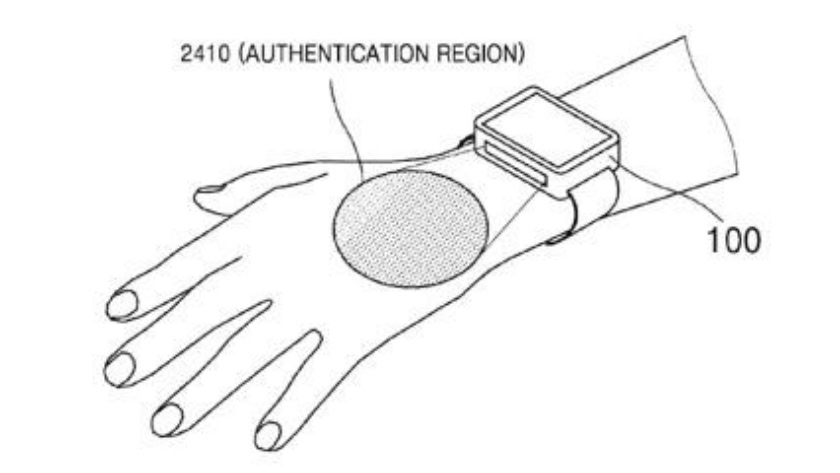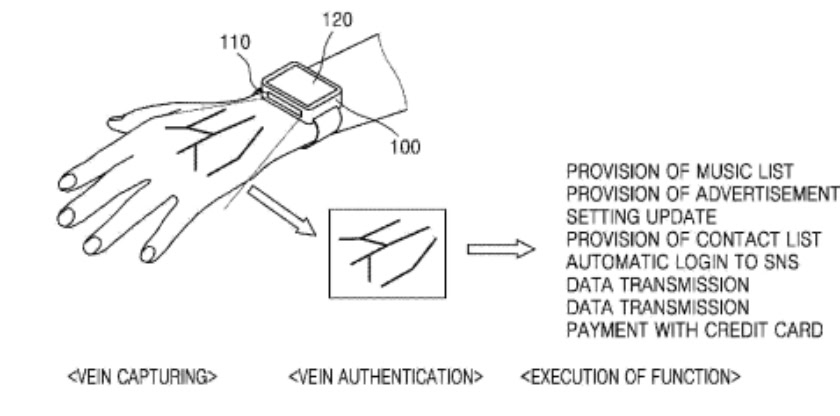Affiliate links on Android Authority may earn us a commission. Learn more.
Forget fingerprint scanners, Samsung wants to use your veins to identify you

That’s right, Samsung has patented a smartwatch-based vein-scanning technology that would be used as a contactless alternative to fingerprint scanners for biometric security on wearables. We haven’t even seen an iris scanner implemented in a commercial mobile device yet, but Samsung is already looking to the future for its next-gen biometric security inspiration.
Samsung’s smartwatch design patent details a wearable that projects a light source onto the back of the hand and uses a side-mounted camera to read the structure and pattern of your veins. Called a vascular scanner, vein-matching is actually already being used by the FBI, CIA and hospitals for verification and is considered by some to be more secure than fingerprint scanners.
Vein matching not only provides more data points for verification than finger scanners, it is also a truly contactless biometric system, meaning skin conditions can’t affect the reading. Anyone that has ever had wet, cut or otherwise “abnormal” fingers will know how much local skin conditions can affect the accuracy of a finger scanner.

Of course, Samsung patents all kinds of weird and wonderful technology and never brings it to market, so this is hardly a confirmation that the Gear S3 will have a vascular scanner for unlocking your watch and authenticating payments. But the fact that vascular scanners are increasingly popular for biometric security means the idea isn’t as far fetched as it might first sound.
Of course, one interesting problem this kind of tech brings up is that Samsung would need to make both left- and right-handed smartwatches or else the light sources and scanners would need to be placed on both sides of the watch.

A reversible interface would only partially negate this problem, because then any physical buttons would be on the wrong side as well as upside down. It may seem silly, but forcing left-handed consumers to wear a watch on an unnatural arm wouldn’t be the best marketing ploy. I’m sure Samsung will figure something out if and when this tech ever comes to market though.
What do you think of vascular scanners? Better or worse than fingerprint and iris scanners?